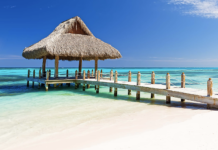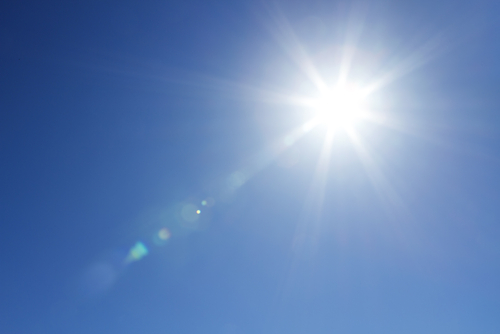The UK’s drowning prevention charity is urging people to listen to safety messages following the tragic drowning of a teenager in Redditch on 16 March 2014.
The Royal Life Saving Society UK (RLSS UK) is appealing for people to stay safe in and around water during warm spells of weather to avoid a repeat of last summer – when more than 30 people tragically lost their lives as a result of drowning.
The move comes after 15-year-old Richard Fellows drowned in a lake at Arrow Valley Countryside Centre near Redditch at about 12.20pm just over a week ago. Two further teenage boys were also rescued and treated for minor injuries.
RLSS UK Director of Lifesaving, Adrian Lole said: “The death of this boy is a tragedy and our thoughts are with his family and friends at this time. With the warm weather over that weekend, people are naturally drawn to water. We want people to enjoy water but safely and sensibly – please do not be tempted to cool off in areas of open water unless it is a supervised area intended for swimming, or an organised event.
“We have issued to the warning as one death is one too many and, as the drowning prevention charity, we want to reach as many people as possible with our messages to avoid a tragic repeat of last summer. Taking advice could mean the difference between life and death.”
RLSS UK Branch Chair for Worcester and Hereford, Teresa Myatt added: “We want as many people as possible to enjoy open water, but safety is paramount.
“There are a number of clubs in the area that run Survive & Save lifesaving awards which include open water and beach awards in which people learn self rescue, self survival and rescue techniques.”
There are around 260 accidental drowning deaths in inland waters in Britain each year – about 60 per cent of the total number of accidental water deaths.
Follow the below advice and take note of the dangers to avoid becoming one of the statistics –
Don’t:
- Swim at unsupervised (un-lifeguarded sites)
- Jump into the water until you have acclimatised to the water temperature
- Jump into the water from extreme heights
- Swim into deep water which will be colder
Do:
- Swim at supervised (lifeguarded) sites
- Swim parallel with the shore, where you can quickly get to safety
- Swim with friends or family, so that you can help each other if you need to
- Look for signs and advice about the specific dangers at the place where you are swimming
- Think about what you will do if something goes wrong
- Contact a reputable outdoor pursuits or coasteering centre if you want to take part in more extreme activities
Dangers of open water include:
- The height of the fall or jump if tombstoning
- The depth of the water – this changes and is unpredictable
- Submerged objects may not be visible
- Obstacles or other people in the water
- Lack of safety equipment and increased difficulty for rescue
- The shock of cold water can make swimming difficult and increase the difficulty in getting out of the water
- Strong currents can rapidly sweep people away
- Uneven banks and river beds
- Water quality eg toxic algal blooms and industrial/agricultural pollution
All of these hazards can be controlled through proper organisation and planning.
If someone is in difficulty in the water:
- Shout reassurance to them and shout for help and ensure the emergency services are on their way (call 999 or 112)
- Without endangering yourself, see if you can reach out to them, extend your reach with a stick, pole, item of clothing, lie down or stay secure. Alternatively throw something buoyant to them such as a ring buoy, part filled plastic container, ball or anything that will float.
- Keep your eye on them all the time and shout reassurance urging them to propel themselves to safety
RLSS UK recently launched a free counselling support service a forum for anyone affected by drowning. For more details visit www.rlssuksupport.org.uk







